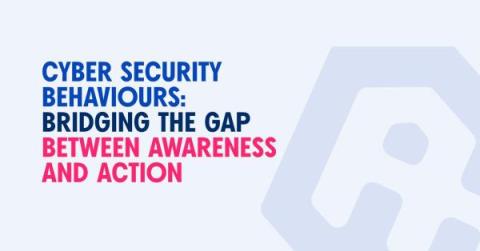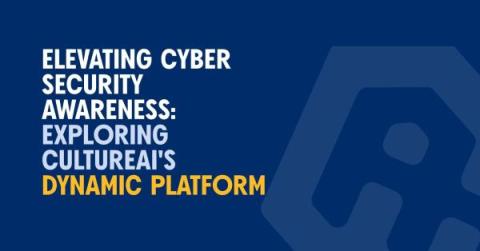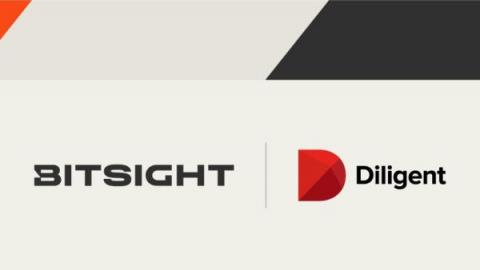Security | Threat Detection | Cyberattacks | DevSecOps | Compliance
Latest News
Common Types of Network Vulnerabilities for Businesses
How to Navigate the Maze of State Data Privacy Laws
5 Insights to Planning for a More Cybersecure World
SecurityScorecard recently joined the World Economic Forum’s Centre for Cybersecurity and UC Berkeley’s Center for Long-Term Cybersecurity (CLTC) for a private, invite-only workshop in Washington, DC alongside global leaders, CEOs, and CISOs to identify trends and insights that will most likely impact cybersecurity in the next decade of 2030 via future-focused scenarios with emerging cybersecurity challenges.
Cyber Security Behaviours: Bridging the Gap Between Awareness and Action
What Are the Types of Audit Evidence?
The collection and evaluation of audit evidence plays an important role in assessing an organization’s compliance with established standards. The American Institute of Certified Public Accountants (AICPA) serves as a guiding force, establishing methods that auditors should use to carry out their duties effectively. As auditors start their examination, they first collect and analyze various types of audit evidence, each serving as a piece of the puzzle that forms the auditor’s report.








